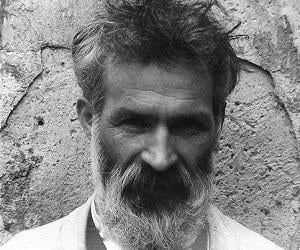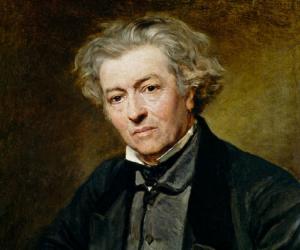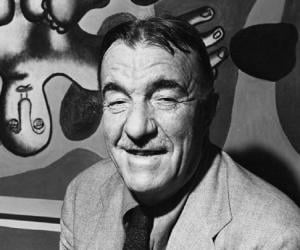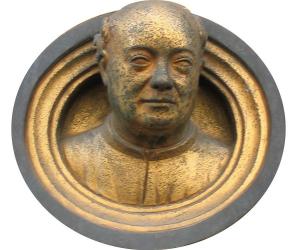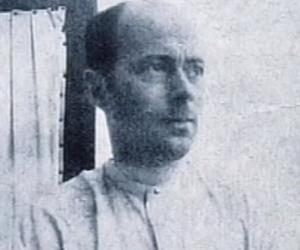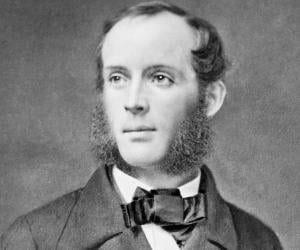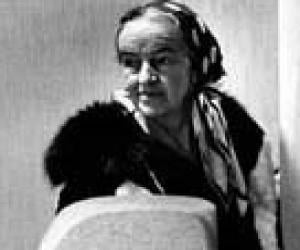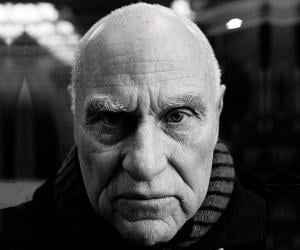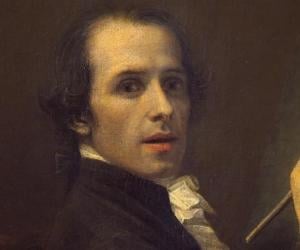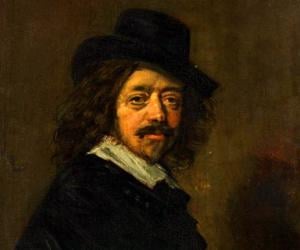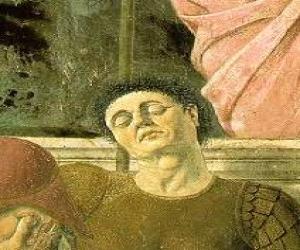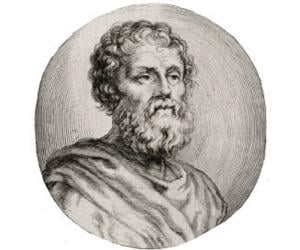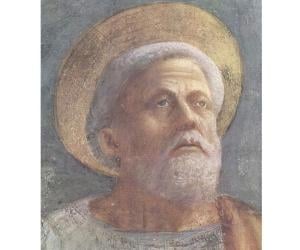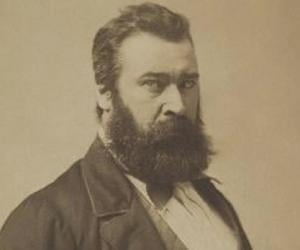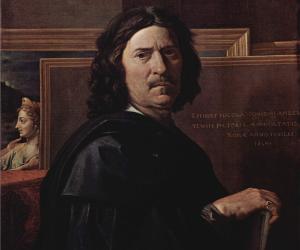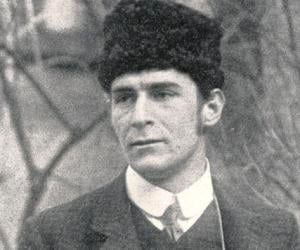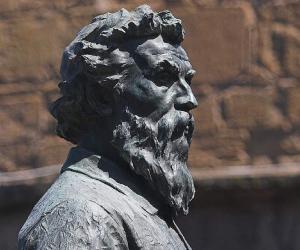Quick Facts
Died At Age: 81
Family:
father: Nicolae Brâncuşi
mother: Maria Brâncuşi
Sculptors Romanian Men
Died on: March 16, 1957
place of death: Paris, France
Notable Alumni: École Des Beaux-Arts
Ancestry: Romanian French
More Facts
education: École Des Beaux-Arts
Childhood & Early Life
Born in Hobita, Gorj, Romania on February 19, 1876 into the peasant family of Nikolae and Maria Brancusi, Constantin received no formal schooling.
At the age of nine, he sought employment in the town of Targu Jiu, working with a dyer and a grocer. Being one of four children, some from his father’s previous marriage, he longed to escape, and at 11, found himself a job as a servant in a public house in Craiova where he spent several years.
He worked on a variety of wood carvings, even creating a violin out of a crate. These carvings brought him local recognition and he was sent to the Craiova School of Arts and Crafts in 1894 by a wealthy benefactor. First, he had to teach himself the literacy skills needed to pursue academic studies.
Career
Constantin began to explore other countries at the age of 20. Thus began his career, taking him to new frontiers that were to influence his revolutionary art. He traveled to Vienna, Austria in 1896, and took up woodworking to support himself.
In 1898, he entered the Bucharest School of Fine Art on a scholarship and was able to sell some of his work, which afforded him the means to travel to Munich. However, Munich was a disappointment and he found himself penniless.
In 1904, Constantin Brancusi began studies at the Paris Academie des Beaux-Arts. Greatly intrigued by Auguste Rodin’s bold conceptions in sculpture, he began to seek his own ways to emerge as a sculptor, breaking away from the boundaries of traditional art.
He introduced his work – a portrait – in an exhibition for the first time, in 1906, hosted by the Societe Nationale des Beaux-Arts.
Increasingly reducing his carvings down to essential elements, his sculpture in 1907 ‘The Prayer’ reflects a primordial attitude, of a woman kneeling in prayer.
Brancusi returned briefly to Targu Jiu in 1937-1938 to erect a memorial in honor of the WWI soldiers. These monuments, namely, ‘Endless, ‘Gate of the Heroes’, and ‘The Table of Silence’ commemorate the courage and sacrifice of Romanian’s who in 1916 defended Târgu Jiu from the forces of the Central Powers..
He drew upon primitive, folk, and exotic art for inspiration, arriving finally at the sculptural idiom of naked truth in simplicity and minimalism. He polished his creations repeatedly, making them glow in unity with the surrounding space.
Major Works
In 1910, Brancusi carved the bronze ‘Sleeping Muse’— a product of years of trials and careful thought about the sleeping head, paring it down to the fundamental form, of a head lying in the state of inertia and repose.
Painstakingly reduced and refined, ‘Bird in Space’ came together in 1923, after 20 years of contemplating birds, as a series of sculptures reflecting not just the graceful form of a bird, but also the movement. Cast in marble and bronze, the sculptor used elliptical lines, omitting wings and feathers. So novel was this collection in appearance that when it arrived in New York, the US Customs imposed a duty, unconvinced that it was art, and treated the objects as manufactured items.
Awards & Achievements
Brancusi achieved widespread recognition after an exhibition at the Armory Show, New York in 1913. So impressive were his works that he held a one-man exhibition the following year, and his sculptures found a permanent home in distinguished museums in the United States.
Personal Life and Legacy
In keeping with his vision of minimalism, Brancusi wore simple attire and often dressed like a peasant. Well-versed in science, music and philosophy, he enjoyed fine wine, cigars and cooking his own food.
Never married, he had many relationships, and at least one child, whom he did not acknowledge.
He died in France on March 16th, 1957, at the age of 81. He laboriously reworked many of his old works during the 19 years before his death.
Facts About Constantin Brâncuși
Constantin Brâncuși was known for his eccentric habits, such as wearing traditional peasant clothing and keeping a pet owl in his studio for inspiration.
He was a skilled craftsman and often created his own tools and materials for sculpting, including using his own handmade chisels and sandpaper.
Brâncuși was a minimalist in both his art and lifestyle, preferring simplicity and purity in his work and personal surroundings.
He was known to be fiercely independent and self-reliant, often refusing help or commissions that did not align with his artistic vision.
Brâncuși had a deep connection to nature and folklore, drawing inspiration from Romanian folk art and mythology in many of his sculptures.


